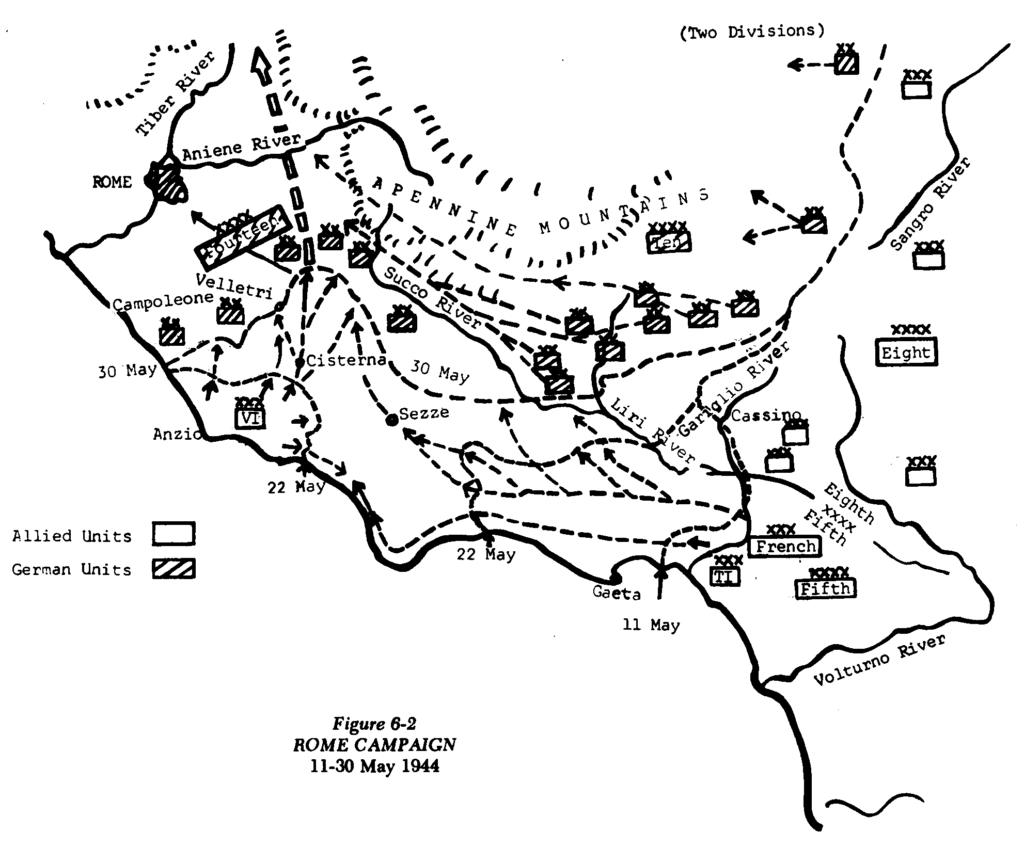This is the third and last posting on the thirteenth lecture from Professor Michael Spagat’s Economics of Warfare course that he gives at Royal Holloway University. It is posted on his blog Wars, Numbers and Human Losses at: https://mikespagat.wordpress.com/
My first post on his lecture did not get past his second page as I ended up pontificating about his two rather significant statements on data. They were:
- To get anywhere with empirical research you need to have a reasonably large number of data points. (This is a basic fact about empirical analysis that many students beginning research projects overlook)
- So we need to ask ourselves — where are all of these data points going to come from?
My second post covered the part when he looked at Colombia. The rather interesting conclusion from that was (slide 18): “Dube and Vargas [the study authors] calculate that the fall in coffee prices between 1997 and 2003 translates into an additional 1013 deaths in coffee growing areas….”
On slide 26 of his lecture he starts an examination of a study done by Blazzi and Blattman that does a cross-country approach examining changes in commodity prices to analyze the impact of income on armed conflict (and although Dr. Spagat is American…he has disciplined himself to spell it “analyse” in the British fashion).
The next slide (slide 26) talks about three facets of their work, looking at 1) opportunity cost (making a decent living vice rebelling), 2) state capacity, and 3) state prize. This last idea caught my attention because it harkens back to the work of Feierabend & Feierabend and Ted Gurr. In their seminal work done in the 1960s on causes of revolution they found that political violence was less in really poor countries than in developing countries. Here they are looking whether a state is so poor that there is no incentive to rebel because of the small “prize” you will win if you succeed. Certainly a viewpoint more in line with an economists’ training. I believe Feierabend & Feierabend (a political scientist and psychologist if I remember correctly) concluded that if you are struggling to survive in a poor country, this may take priority. Political revolt is luxury afforded by a developing economy (for example, the Russian economy before World War I). I am not sure I buy into the “state prize” explanation. I don’t really think people revolt for profit.
The next slide (slide 27) is also interesting, as it talked about 1) conflict onset, 2) conflict ending and 3) conflict intensity. As Dr. Spagat states: “Many people mix these things together so this attention to detail is welcome.” These first two points go back to areas I wanted to examine with our insurgency studies which was (to quote myself):
First, future analysis should be clearly focused, so that it addresses one of the three distinct time frames:
a. Before an insurgency starts (pre-insurgency)
b. In the early stages of an insurgency (proto-insurgency)
c. As an insurgency has clearly developed (developed insurgency)
(see Chapter 24: “Where Do We Go From Here” in American’s Modern Wars, pages 294-298)
And of course, withdrawal and war termination (see Chapter 19: “Withdrawal and War Termination” in AMW, pages 237-242).
Needless to say, we could never locate budget to examine the early stages of an insurgency (pre-insurgency and proto-insurgency) or examine how they end (which in 2008…I thought was kind of an important subject)..
Anyhow, the results from the Blazzi and Blattman study are summarized in the next slides. In short they are:
“…suggests that there is no connection between price shocks to exports on the onset of armed conflict (or coups)”
“…weak evidence…that positive export price shocks help to end wars…”
“…rather weak evidence…that positive export price shocks help to decrease (a lot) the number of battle deaths in ongoing wars.”
“The opportunity cost and state capacity ides do get some support.”
“The state prize idea gets no support at all” (and this is really not surprising, as I thought that construct was kind of “batty” to start with…Lenin was not in it for the money)
Anyhow, all great stuff. The link to the lecture is here: http://personal.rhul.ac.uk/uhte/014/Economics%20of%20Warfare/Lecture%2013.pdf


